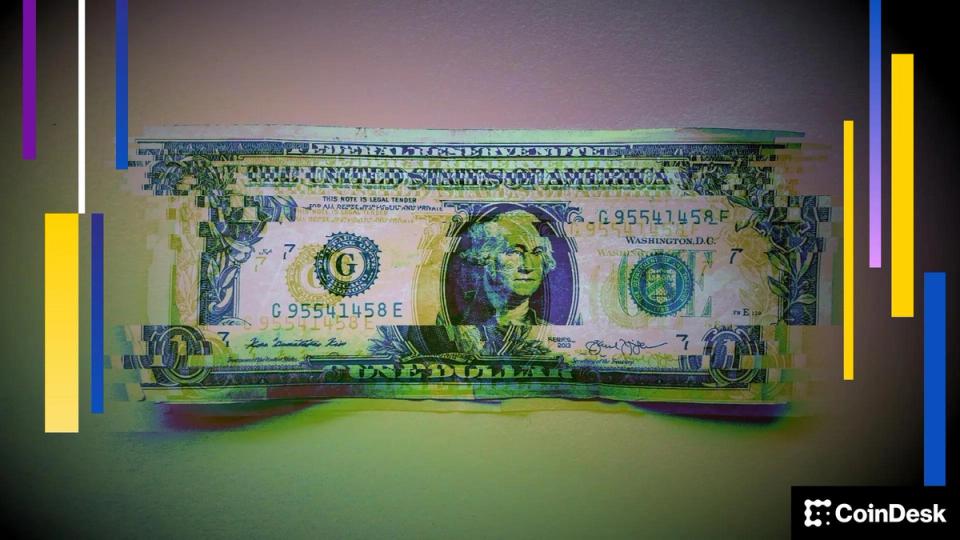Until recently, banks watched from the sidelines with envy as stablecoin market leader Tether Holdings boasted of billions in profits. Now they want in.
Banks Enter the Stablecoin Arena
Earlier this year, Societe Generale – Forge made its Euro-backed stablecoin available to retail investors. Financial group Oddo BHF SCA is also working on a Euro-denominated one, and Revolut is considering issuing its own version. AllUnity, a venture involving Deutsche-Bank owned DWS, plans to issue another next year, and BBVA is also working on an entry.
Legislative Changes and Opportunities
Banks in the US are expected to join in on the rush once legislation that could pave the way for them to issue stablecoins is enacted. In Europe, with the recent clarity from the Markets in Crypto-Assets Regulation (MICA), the decision by Tether to discontinue its EURt stablecoin presents an opening for competitors wishing to enable customers to make payments or hold fiat-like alternatives.
“Do I think that other banks will be issuing their own stablecoins?” Jean-Marc Stenger, CEO at SG-Forge, said in an interview. “The answer is yes. It’s heavy lifting, I am not sure it will happen any time soon, but it will happen.” SG-Forge is already talking with several banks about using its stablecoin and is discussing partnerships or white-labeling its technology.
Visa and the Global Demand
Visa Inc., which launched a tokenization network for banks to issue stablecoins, is working with BBVA on a pilot in 2025. Demand from banks in Hong Kong, Singapore, and Brazil is on the rise, according to Cuy Sheffield, Visa’s head of crypto.
The Rise of Stablecoins
In July, Standard Chartered was selected by the Hong Kong Monetary Authority to issue HKD-dominated stablecoins in an experimental program expected to launch in 2025. This rush will enhance the role of blockchain in payments, distinguishing it from traditional bank products like deposit tokens.
Profit Motives and Market Dynamics
There are plenty of incentives for banks to offer stablecoins: customers have been asking for the product, and the profit motive is undeniable, with Tether on track to close the year with more than $10 billion in net profits, according to CEO Paolo Ardoino.
Risks and Regulatory Challenges
However, risks abound for banks in issuing stablecoins. An ECB analysis showed that converting retail deposits into stablecoin issuers’ deposits weakens a bank’s liquidity coverage ratio. US regulators will also need to clarify acceptable reserves for banks to back their stablecoins.
“If banks were to issue uninsured stablecoins alongside insured deposits, there would be significant consumer confusion,” said Hilary Allen, a law professor. Central banks are exploring their own digital currencies, which may replace bank-issued stablecoins over time.
Learn more about all things crypto with short, easy-to-read lesson cards. Click here for Fortune's Crypto Crash Course.






Comments
Join Our Community
Sign up to share your thoughts, engage with others, and become part of our growing community.
No comments yet
Be the first to share your thoughts and start the conversation!